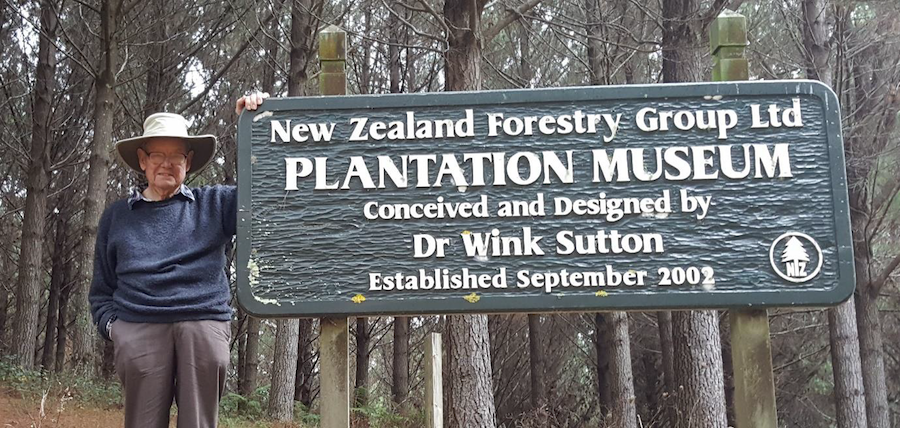Forests take little from the soil
From New Zealand Tree grower February 2017

Particularly since the conversion or trashing of second or third rotation radiata stands to make room for dairy farming, we no longer hear claims along the lines that stands of radiata deplete the soil and therefore limit the future growth of the site. Such a claim was challenged by Alfred Hyde Cockayne, son of the better known Leonard Cockayne, over 100 years ago. In an article ‘Pinus radiata – effect on soil fertility’ published in the 1914 New Zealand Journal of Agriculture Cockayne concludes that ‘....it is evident that the growing of Pinus radiata, instead of weakening the soil fertility has a very opposite effect.’
Even fast-growing radiata takes very little from the soil. Over a rotation, radiata takes similar amounts of chemicals from the soil as many agricultural crops, such as grains and potatoes but not pasture, take in just one year.
Some tree species, notably black walnut Juglans nigra and possibly our own kauri, release through their roots and falling leaves an allelochemical which inhibits the growth of competing vegetation. It is a biological phenomenon called allelopathy. There appears to be no record of pines using allelopathy.
On some New Zealand sites we are into our fourth or fifth rotation of radiata pine. On almost all sites there have been no reports of site decline. In Chile they have also replanted radiata at least four times on the same site and have reported an increasing growth. An increasing growth rate is very difficult to quantify as all growth influences must remain the same, especially tree genetics, silviculture, climate and competing vegetation. In the past, 30 to 40 years ago, local Chilean farmers were known to plant clear felled sites with wheat crops before the radiata replanting. The farmers knew that these sites were very productive. Stumps of the harvested mature trees were not a problem as the grain was harvested with hand tools rather than heavy machinery.
Extensive global reviews, especially those of Julian Evans, have failed to find unexplained examples of soil nutrient depletions in subsequent rotations of plantations. Where there have been reports of site decline the soil was very infertile to start with or continual leaf or needle litter removal has been the cause.
For a more complete review of plantations and the soil deterioration question see chapter six of Piers Maclaren’s excellent 1996 publication Environmental Effects of Planted Forests in New Zealand - FRI Bulletin No 198.
That growing forests, including plantations of pines or other non-indigenous tree species, do not deteriorate the soil is not surprising. Forests have dominated the surface of the earth for at least several hundred million years. How often do we hear the claim that if a site has been exhausted by agricultural cropping let the site convert back to forest or be planted?
Disclaimer: Personal views expressed in this blog are those of the writers and do not necessarily represent those of the NZ Farm Forestry Association.

 Farm Forestry New Zealand
Farm Forestry New Zealand
No posts yet
Add a post